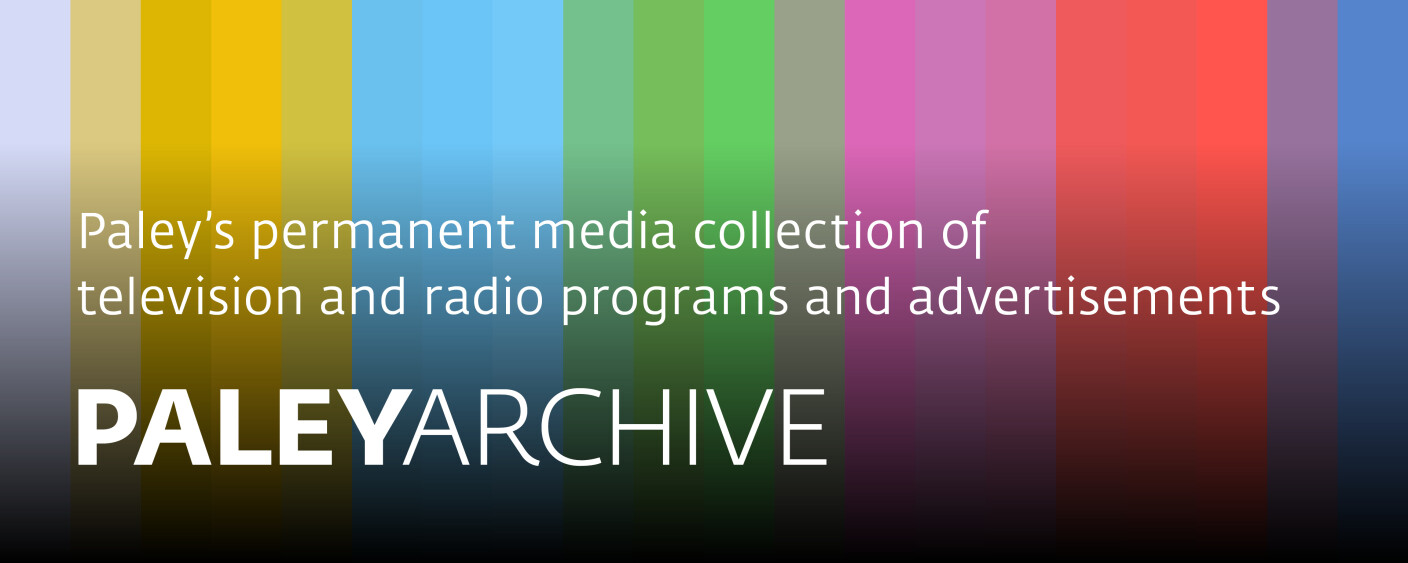
ART 21: ART IN THE TWENTY-FIRST CENTURY: SPIRITUALITY {EPISODE #2} (TV)
Summary
One in this series which focuses on contemporary art and artists in the United States. This episode highlights artists whose works focus on spirituality and spiritual topics. The first subject is Ann Hamilton, an artist who works with cloth and textiles, as well as video presentations revolving around the written word and its use in society. Both of these aspects of her art center on the use of “lines,” whether lines in writing or the lines of thread in cloth, and their significance. She works on an installation piece entitled “Ghost…A Border Act” at an abandoned textile factory in Charlottesville, Virginia; it depicts abstract “rooms” housing a writer and a reader bordered by hanging sheets of silk, and features a projector displaying video imagery. Her stated goal is to “make the visible experienceable.” She also represented the United States at the 1999 Venice Biennale, where her submission, “Myein,” was an abstract commentary on the history slavery in America. She lives in Ohio and talks about the role her parents play in assisting her with her projects. Her experiments in photography allowed her to create a special kind of camera which allows her to take pictures from the inside of her mouth. Alongside physicist Maarten Rutgers, she experiments with suspensions of water inside soap bubbles, creating “sheets” of water with unusual reflective properties, John Feodorov is an artist who employs bric-a-brac in the creation of ersatz “altars” as a commentary on the perception of nature in the modern world, and on the use of mythology. He walks through his installation “Forest at Night,” discussing its links to both Christianity and Navajo religion. He comes from both a Navajo and Jehovah’s Witness background, and both play a strong role in his art. His grandparents were residents of a reservation, and both had spiritual roles in their community. Feodorov embodies this with his “totem teddies,” teddy bears bearing fearsome masks meant to invoke Navajo deities, meant as a commentary on “commoditizing spirituality.” His art often has a parodic element, such as his video “The Office Shaman,” a mock infomercial revolving around a corporatization of religious rites. He often creates works meant for office buildings which have a satirical reflection of the office environment as a whole, such as his painting “Office Deity.” Shahzia Sikander works in miniature-painting, discussing the traditional elements and the long, painstaking process behind her visual style. She discusses her artistic education in her home country of Pakistan, calling it “methodical” and “ritualistic.” She highlights elements of her work rooted in her religious background and her reactions to spirituality; she states that her purpose is to question and comment on what she was taught. Although raised a Muslim, Sikander became interested in Hinduism and incorporates both Hindu and Islamic imagery into many of her works. She works on a large-scale installation, “Acts of Balance,” at the Whitney Museum, noting that it is quite different from her miniature-painting work. Sikander’s adult life in Texas is also an influence on her art. James Turrell often uses light as a subject, rather than an aspect, of his art. At Roden Crater near Flagstaff, Arizona, Turrell has constructed a facility meant to take advantage of the location’s predisposition towards witnessing celestial events, experimenting with the use of sunlight and starlight to create art. The facility features a tunnel in the crater specifically to face the moon when it appears every 18.6 years in a specific spot in the sky, as well as a place to view stars without the horizon as a reference point, commenting on the “illusion” of the night sky. He has also contributed art to a meeting house in Houston, Texas, creating a room with a “skyspace” for viewing the night sky. His Quaker upbringing has an effect on his predisposition and artistic sensibilities. He continues to work on the Roden Crater project; he began it in 1972 and is not yet completed, and runs a ranch on the side to help him pay for the project.
Details
- NETWORK: PBS
- DATE: September 21, 2001 10:00 PM
- RUNNING TIME: 0:56:46
- COLOR/B&W: Color
- CATALOG ID: B:75358
- GENRE: Arts documentaries
- SUBJECT HEADING: Arts documentaries
- SERIES RUN: PBS - TV series, 2001-
- COMMERCIALS: N/A
CREDITS
- Susan Sollins … Executive Producer, Created by
- Susan Dowling … Executive Producer, Created by
- Eve-Laure Moros Ortega … Producer
- Migs Wright … Associate Producer
- Deborah Shaffer … Director
- S. Epatha Merkerson … Animation
- Beryl Korot … Animation
- Spontaneous Combustion … Animation
- Quinn Latimer … Researcher
- Wesley Miller … Researcher
- Oliver Shanti & Friends … Music by
- Peter Foley … Composer
- S. Epatha Merkerson … Host
- Shahzia Sikander … Interviewee
- James Turrell … Interviewee
- Ann Hamilton … Interviewee
- John Feodorov … Interviewee
- Gabriel Silverman … Interviewee
- Maarten Rutgers … Interviewee
- Richard Walker … Interviewee
- Bette Drexler … Interviewee
- Sally Reynolds … Interviewee
- James Parks … Interviewee
